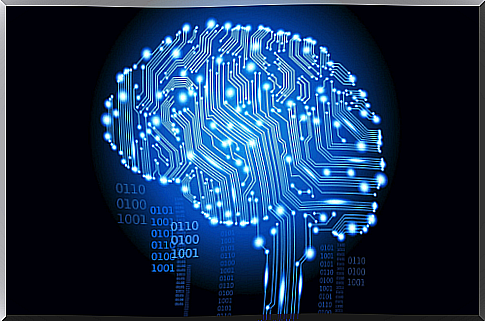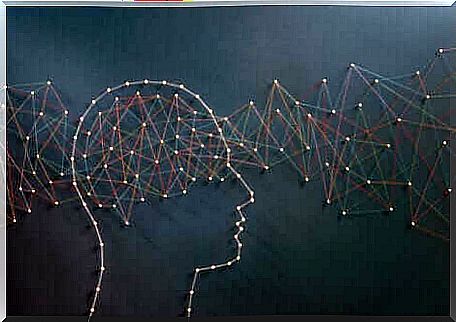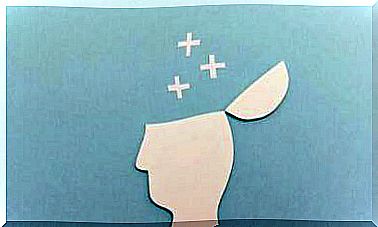Computational Thinking: What Is It?

Computational thinking is a skill that will open up many paths for us in the future. Knowing how to formulate problems, organize information logically or think in abstract terms are the basic skills of this important cognitive approach. In an increasingly complex world, it is absolutely essential to know how to manage the challenges of the surrounding environment.
Is it about learning to think like machines? Not really. This approach integrates many areas that are inaccessible to artificial intelligences today. Computational thinking, in fact, also concerns lateral thinking, emotional variables and, first of all, the understanding of human behavior.
Even if the term “computational” reminds us of a universe made up of algorithms, chips and computer programs, this current wants to go beyond the mere computer aspect. Its purpose is to exploit the union of technology and humanity to respond to human needs and face future challenges with innovative proposals.

Computational thinking: definition, characteristics and purpose
The term “computational thinking” derives from the theories of Seymour Papert, first in the field of artificial intelligence and inventor of the programming language Logo in 1968. In 1995 he highlighted the need to reformulate the educational environment by adapting it to the arrival of computers, so as to train students capable of using the tools and language of technology.
After the death of Doctor Papert, who laid the foundations for this new approach throughout the nineties, it was Doctor Jeannette Wing who developed her idea. The computer engineer and former Microsoft vice president explains, in research such as Computational thinking and thinking about computing, that computational thinking will soon affect all fields of activity.
He also insists on another idea: this new competence must be integrated into school education. It is an essential skill that underpins the structure of any field, from engineering to the humanities to science. So let’s see what computational thinking consists of.
What is it about exactly?
Computational thinking is a high-level cognitive skill that allows us to approach the resolution of a problem in a scientific way. We all know that computers and new technologies simplify our life by helping us to overcome small obstacles, but it is necessary that man is always one step ahead.
As Dr. Jeannette Wing points out, we need to understand how machines “think” in order to improve their functioning in the future. It is about knowing how to combine the natural faculties with the artificial ones, our intuition and our lateral thoughts with the cognitive processes extrapolated from the computation.
Characteristics of computational thinking
This perspective involves the development of a range of cognitive skills that we are not fully aware of, even though we use them every day, or that we are unable to fully exploit.
It is about “learning to think better” to solve daily challenges with innovation. Computational thinking is based on four basic concepts:
- Break down : every problem is made up of small parts that can be divided to better understand it.
- Recognize Patterns: Each phenomenon, each experience, stimulus, problem or circumstance tends to follow an internal pattern and respond to an identifiable pattern.
- Abstract thinking: this reasoning is exclusive to the human being. Thanks to it we can produce original ideas or predict situations or scenarios to understand how we would act in a given circumstance.
- Algorithms : a plan, a set of steps or schemes that allow us to solve a problem step by step. Thanks to this, we can develop a series of clear and simple instructions with which to face any puzzle. Algorithms are defined by some aspects; for example they are composed of a finite number of passages, are oriented towards a goal and are specific (unambiguous).
The passages that define it
When using computational thinking, in addition to knowing the dimensions that define it and that we have just analyzed, another aspect must be understood: what sequence it follows. Take note:
- Analysis: to get to the resolution of any problem, we always start from a deep analysis of the same.
- Abstractions: knowing how to formulate the problem. What is happening? Is there a pattern? What strategy can I use? Can I relate it to past experiences or related to the same situation?
- Expression of the solution or proposal: after having created a mental scheme on the strategy to follow, it is time to apply it, to put it to the test.
- Evaluation: after execution, it is time to do an analysis. Did I get the desired result or can I improve it?
- Generalization and transfer: after evaluating the success obtained, I can apply what has been developed to other areas.

The importance of learning to think
Daniel Kahneman, psychologist, Nobel Prize winner and one of the greatest thinkers in the world, points out that today there is an abundance of people who make decisions without thinking (driven by impulses). Worse still, many vote without knowing who they are voting for
. There is nothing more decisive than teaching the new generations to think, to have a critical perspective of events and to observe reality from a more analytical and reflective perspective.
Computational thinking is the impetus for the future. Not only will it allow us to solve problems more intelligently, but it will position us one step ahead of artificial intelligence to ensure that the world of technology is always at the service of humanity. Let’s keep that in mind.









